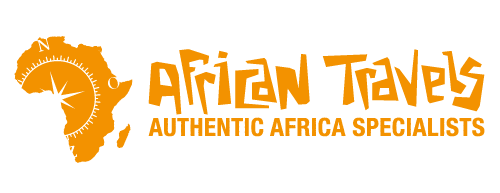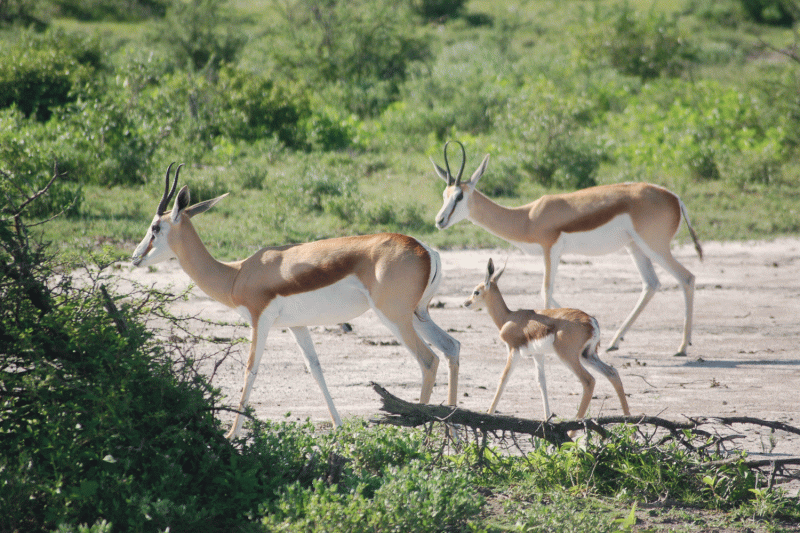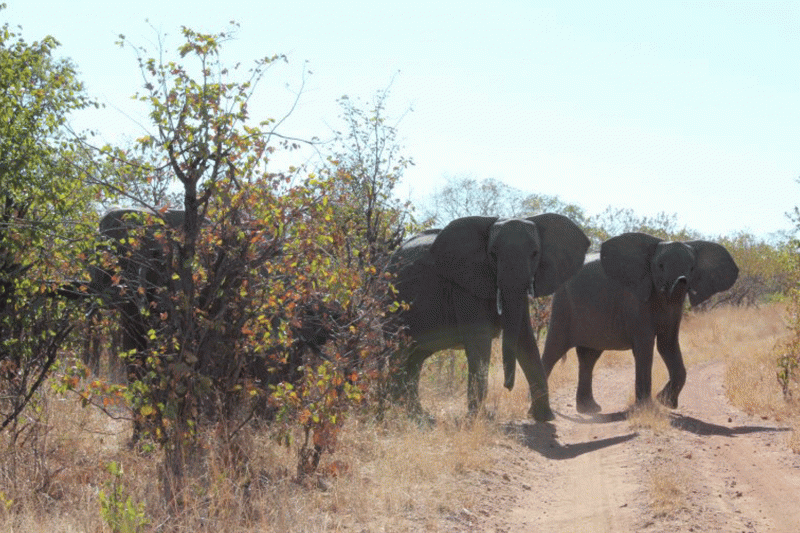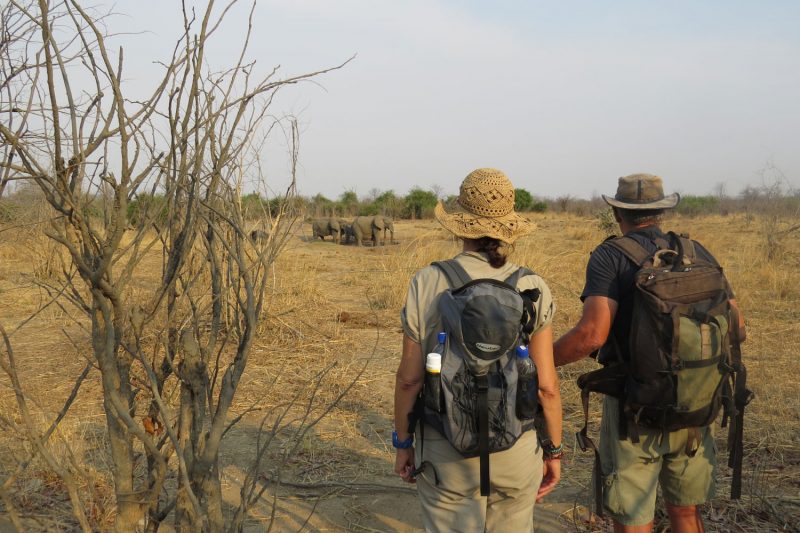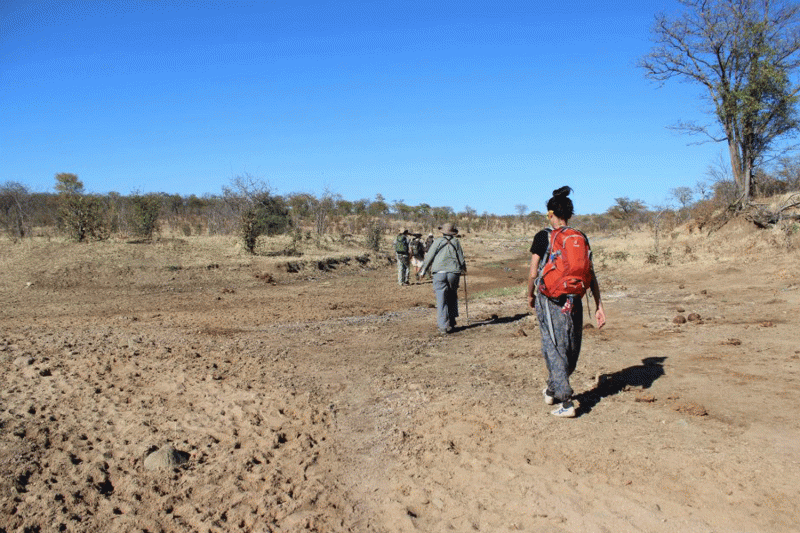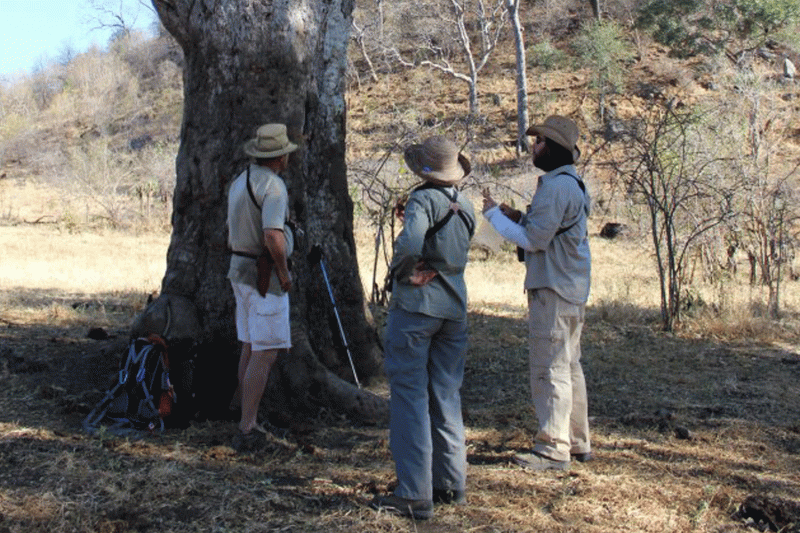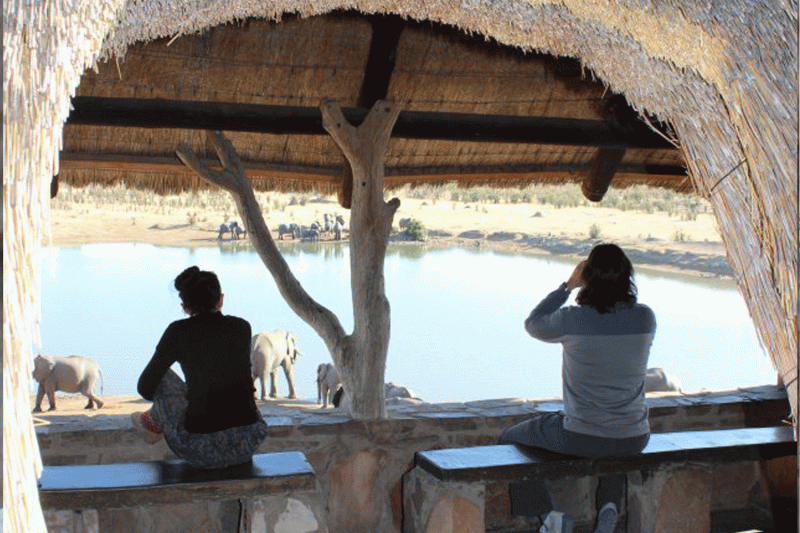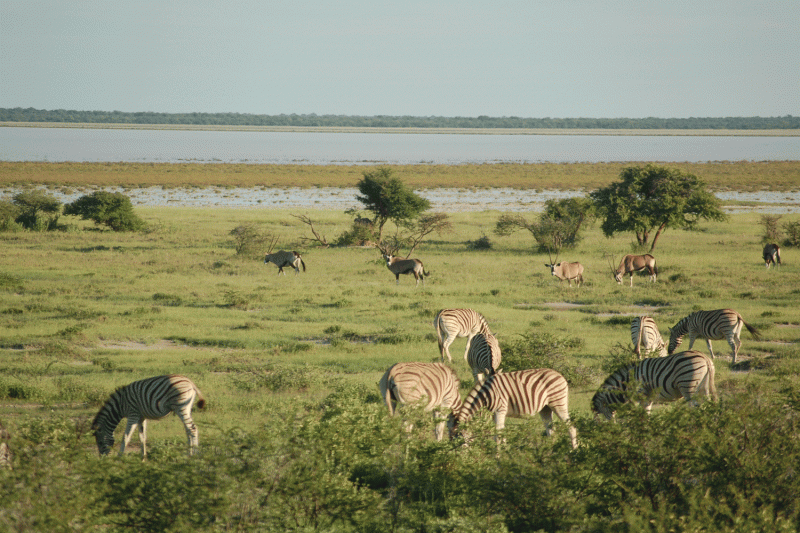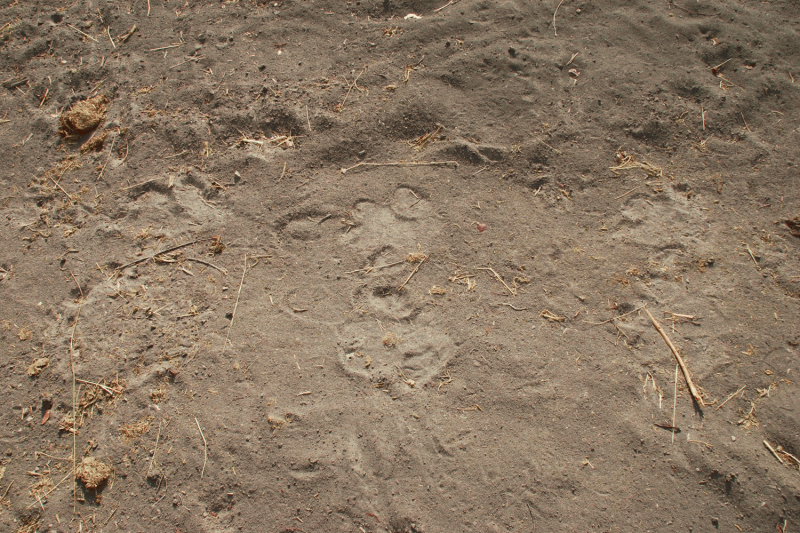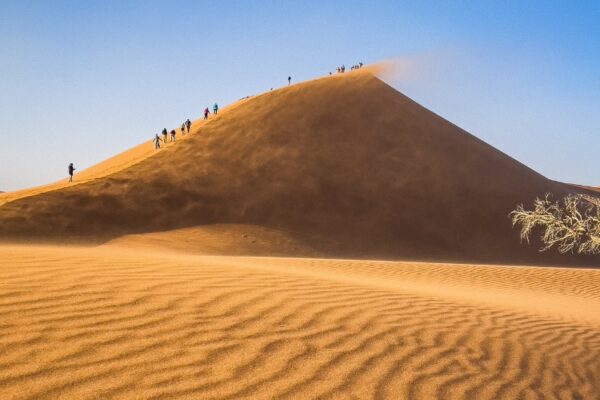- SEARCH TOURS
- Destinations
- Botswana
- Democratic Republic of Congo
- Kenya
- Madagascar
- Malawi
- Mauritius
- Mozambique
- Namibia
- Bwabwata National Park
- Damaraland
- Epupa Falls
- Etosha National Park
- Fish River Canyon
- Kaokoveld
- Khaudum National Park
- Mahango Game Reserve
- Mudumu National Park
- Namib Naukluft National Park (Sossusvlei)
- Nkasa Rupara National Park
- Okonjima Nature Reserve
- Skeleton Coast
- Spitzkoppe
- Waterberg Plateau National Park
- Seychelles
- South Africa
- Addo Elephant National Park
- Cape Town
- Drakensberg
- Garden Route National Park
- Hermanus
- Hluhluwe Imfolozi Park
- Isimangaliso Wetland Park
- Krugerpark
- Kwazulu Natal
- Madikwe Game Reserve
- Marakele National Park
- Namaqualand
- Oudtshoorn
- Panorama Route
- Route 62
- Tsitsikamma National Park
- Welgevonden Game Reserve
- Wild Coast
- Winelands
- Tanzania
- Rwanda
- Uganda
- Zambia
- Zimbabwe
- Travel Styles
- Experiences

